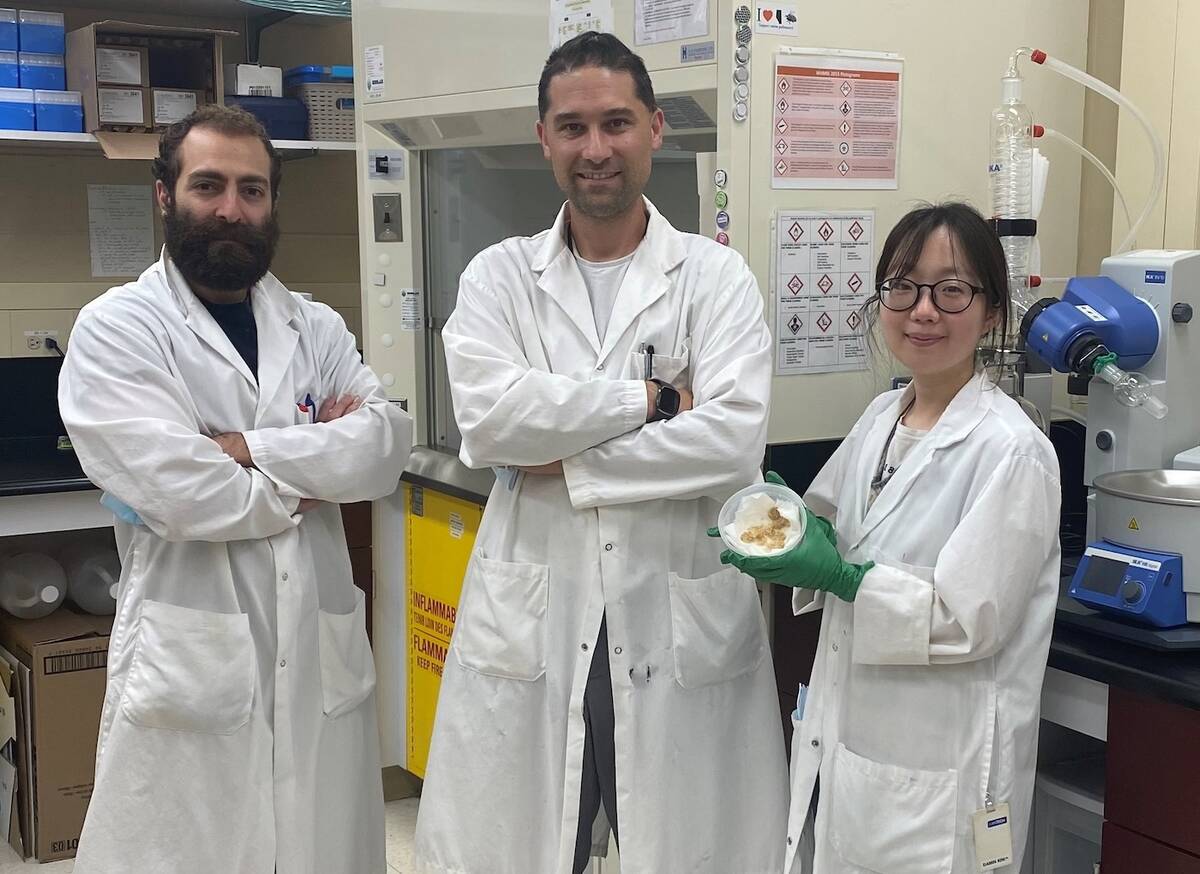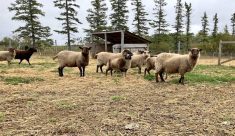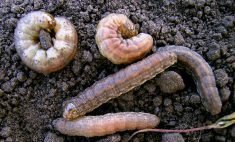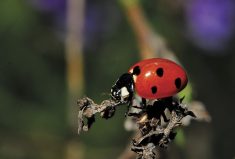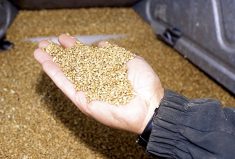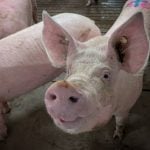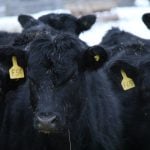Researchers from Agriculture and Agri-food Canada are working with nanotechnology to target pest insects.
Pesticides, insecticides, herbicides and fungicides are used to deal with pests, said Justin Pahara, research scientist and principal investigator in the Nano Lab, Agriculture and Agri-Food, Lethbridge.
“The way they work now is they’re broad spectrum, meaning when you spray them, they impact different other species, whether it is a plant, insect or fungi,” he said.
Read Also

Alberta agriculture minister faces recall petition
The number of approved recall petitions has risen to nine for Premier Danielle Smith’s United Conservative Party caucus after Monday’s confirmation to Alberta’s chief electoral officer.
All these materials can present complications, which could easily be solved by nanotechnology.
The researchers focused their first series of tests on lygus bugs and cutworms.
Chemicals tend to target the nervous system of insects. Imidacloprid is the most used insecticide, and its molecule mimics nicotine. The chemicals are administered in low doses that do not impact humans and target major anatomical structures that exists across all insects.
Pahara and his team of five research assistants are working on new crop treatments which target pests at the level of DNA.
“DNA is specific to a particular organism,” said Pahara.
“When you go across a species, from a honeybee to a cutworm, their genomes are quite different. And this gives us the opportunity to leverage that through a couple different ways.”

There’s another molecule in cells called RNA, which is basically a copy of DNA.
“RNA is the intermediary between DNA and proteins, and there’s a very special pathway mechanism that happens in cells. If you put a small piece of very specific RNA into a cell that’s foreign to that cell, there’s a good chance the cell will recognize it as foreign, and then it will act similarly to an antibody and an immune response. It’ll use that little piece of DNA that it found to target and cut up more of the RNA it sees,” he said.
RNA is often used for viruses, because most viruses are RNA viruses.
“You don’t have to use it just for viruses. You can really use it for any sort of RNA in the plant. It could even be the plant or insect’s own RNA,” he said.
The new crop treatments will use RNA to target specific important things within a target insect.
“It’s highly technical, but basically, we’re targeting specific genomics or nucleic acid fingerprints within each (insect),” Pahara said.
The research team, which includes Pahara and students from the University of Lethbridge, the University of Calgary and the University of Alberta, are developing methods to see where the nano systems are going into any insect, so they can design that RNA to be active, and target something that will work.
Pahara said a key target is to understand if things are sticking to insects and going inside them.
The team did some work at Canada’s Synchotron, based in Saskatoon. The Synchotron is a particle accelerator which accelerates electrons to the speed of light. Those electrons are then diverted and converted in high energy X-rays. These X-rays go into little rooms all around the Synchotron ring.
“The X-rays are about 10,000 times more than what a medical X-ray would be,” said Pahara.
To investigate treatments against lygus bugs, the team used different beam lines, which have different capabilities.
“The one we used is called the BioXAS. This one is cool, because it allows you to image something just like you would in a camera,” said Pahara.
But unlike a camera, the BioXAS pixels give a full spectrum of information and reveal atomic elements present in each pixel.
“You get this cool image, but within it, you’re able to probe and see exactly what chemical elements are there,” he said.
The researchers treated insects with nanoparticles and nucleic acids and watched where these elements went within the insect.
“By the chemical makeup of our nanoparticles, we’re able to detect them within the images that come out of the BioXAS equipment,” he said.
The BioXAS usually gives a two-dimensional image, but the researchers wanted a 3D image. They treated the insects with formulations, and then chopped them up into thin slices, so each insect was separated into 40 different slices, and then imaged.
“With the output image, we combined them back to create a three-dimensional object. We had this three-dimensional insect, where we could see where all the elements are in it. That’s important because it gives us three dimensions of spatial resolution, so we can see where stuff is going,” he said.
Using nanotechnology prevent pests from evolving a resistance to chemical control and keeps pest control tools available for producers by reducing their reliance on regulated chemicals. It also reduces the risk of non-tariff trade barriers and residue problems.
“We need new crop treatments,” said Pahara. “We need them to be less toxic.”
If crop treatments are determined to be so specific that they don’t harm other insects, let alone humans, that allows for a lot more freedom of use, he said.
If an insect’s DNA changes, crop treatments can also be adjusted, he said.
“It allows us to tweak and reprogram them easily, whereas with the old generation of treatments, they’re just small chemicals. You just can’t tweak them,” he said.
The research has now been expanded to fusarium head blight and kochia.
“We’re developing methods that work for screening, and we’re starting to ramp up screening, which means we’re testing lots of different kinds of formulations that have different nano materials in them. As we screen thousands of different systems, we’ll know the ones that may work best,” he said.
After material has been tested in the lab, it will eventually move to greenhouse trials and field trials.


